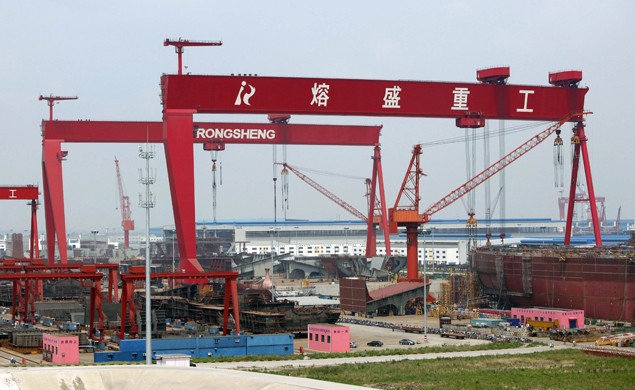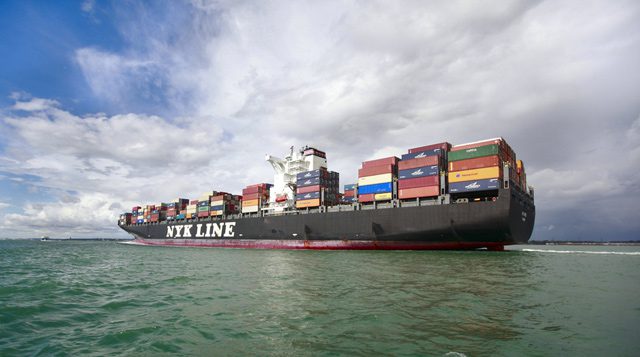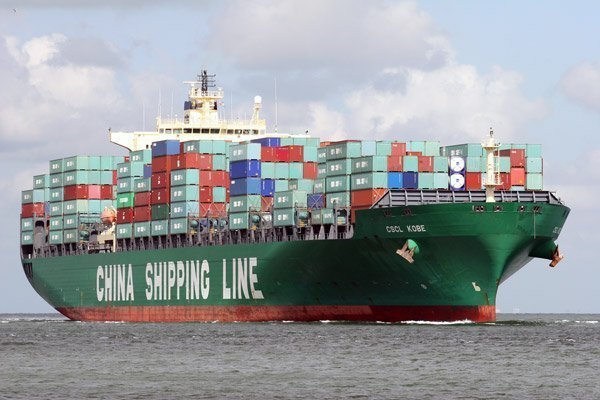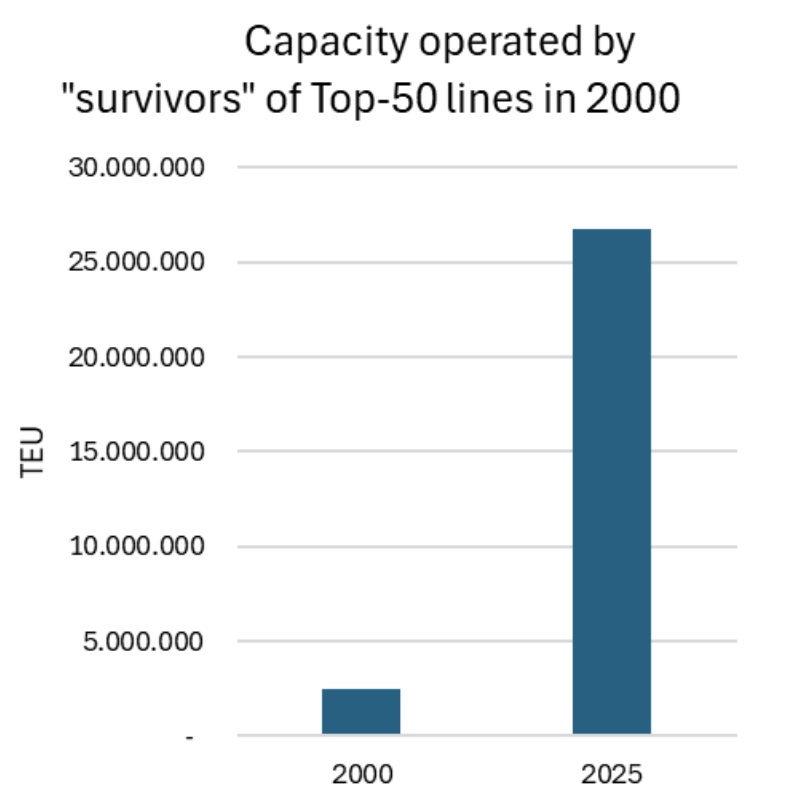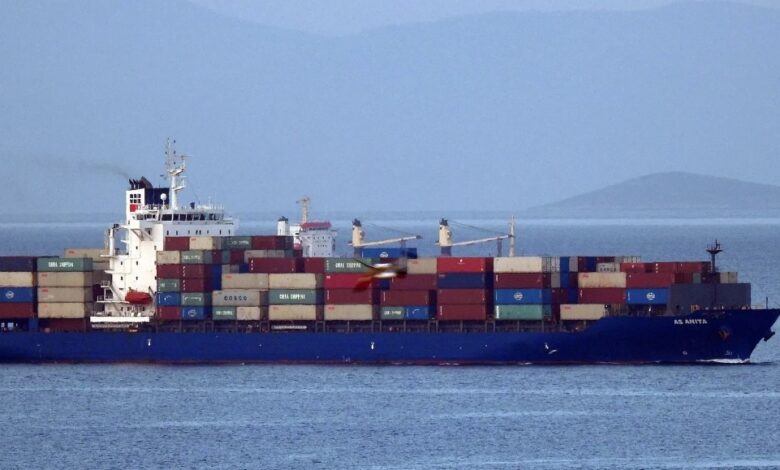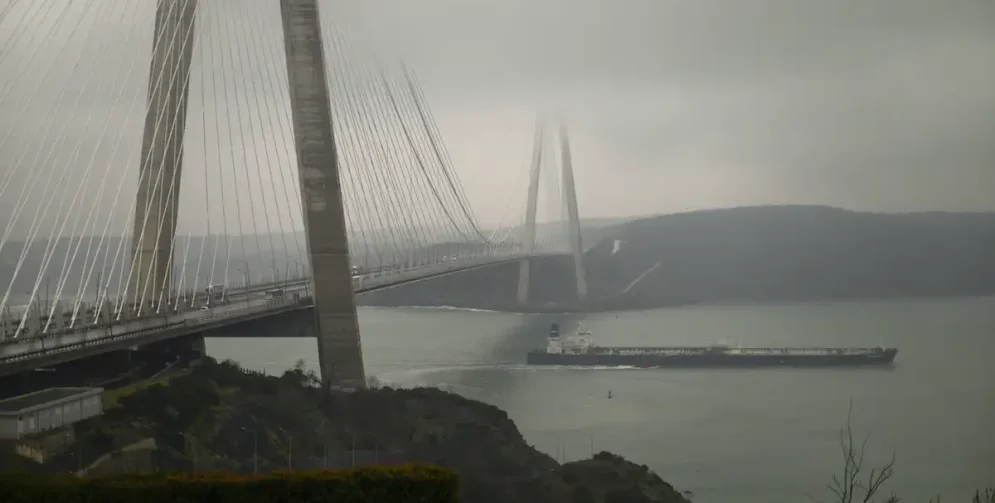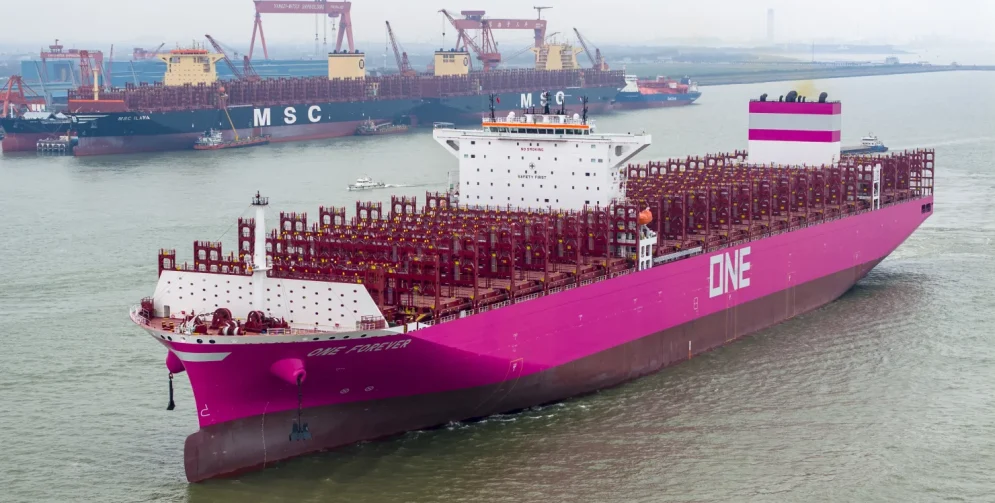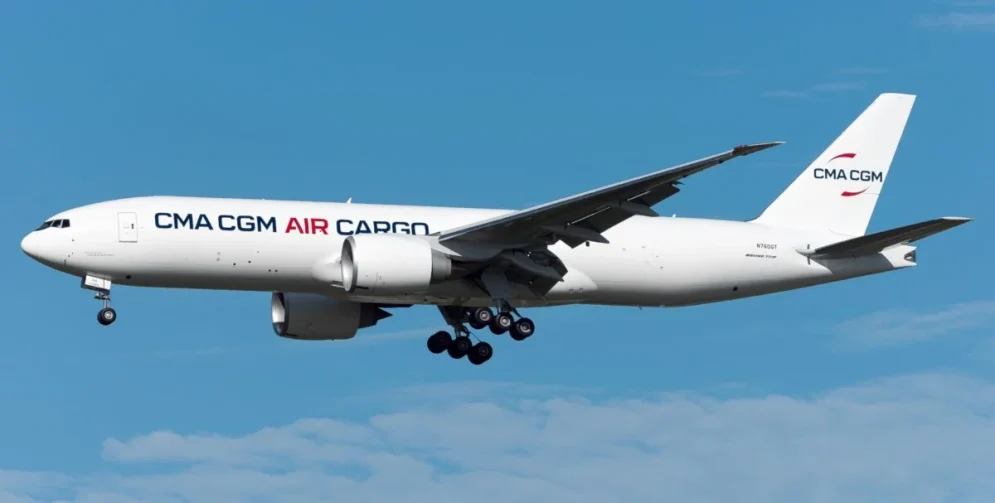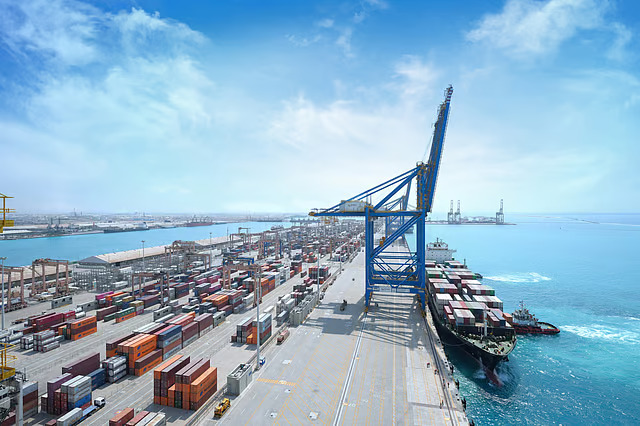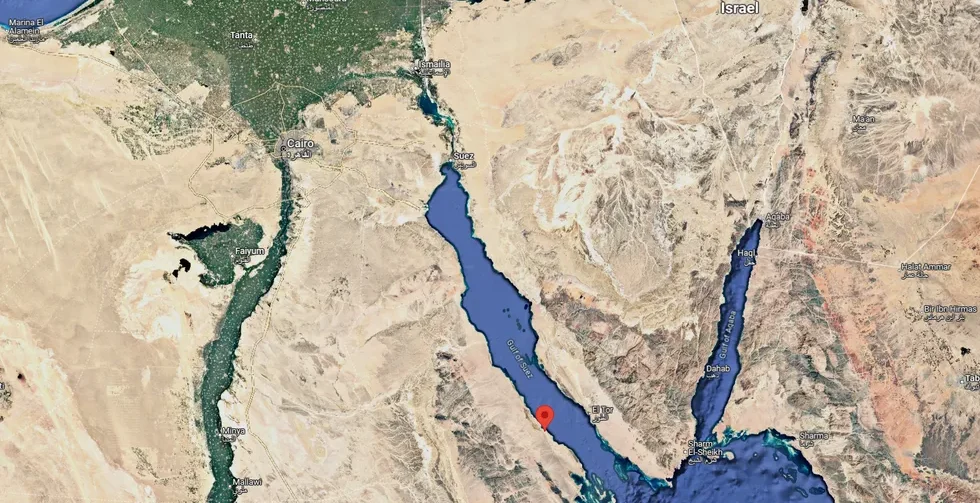China Ship Sales Collapse as Industry Sweats Over US Ports Plan
Shipping companies have all-but stopped buying dry bulk commodity carriers that were built in China as the industry waits to see if President Trump will press ahead with historic port charges on vessels constructed in the Asian country.
Just four made-in-China bulkers — ships that ferry everything from coal to salt — were sold in the second-hand market in March, according to Clarkson Research Services Ltd. data compiled by Bloomberg. That’s the fewest since at least 2022, and about a fifth of the monthly levels observed last year. Transactions involving Japanese and Korean carriers were little changed in the same period.
The slowdown in purchases is the latest sign that the US proposals are impacting markets, and hampering Chinese-owned vessels, even before they’re finalized and introduced. The Office of the US Trade Representative is seeking to bring in charges that could rack up above $1 million per port call, but the measures are opposed by swaths of the global shipping industry and the supply chains it serves.
“There is clearly stronger buying interest for Japanese-built ships compared to those built in China at the moment,” said Burak Cetinok, the London-based head of research at Arrow Shipping, a ship brokerage. “This is reflected in both transaction volumes and asset values. Most of the vessels that have changed hands in recent weeks are Japanese-built.”
Under the initial proposals, charges could theoretically reach as high as $3.5 million per ship in some scenarios, Clarkson previously said.
Shipowners and firms who hire their vessels have also been altering leasing contracts to address with the prospect of multi-million dollar fees being introduced between when a ship leaves and when it reaches an American port.
The head of shipping at top trader Mercuria last week said at a conference that the measures, if introduced as planned, could be catastrophic for US grain exports on dry bulk commodity vessels.
There are tentative signs that buyer caution may have affected the value of Chinese-built carriers — even if the sample size of transactions makes direct comparisons difficult.
Clarkson data show that a Chinese built ship was sold for about $5.8 million less than a comparable Japanese carrier last week. Before the USTR measures were announced similar size and age ships were sold at a $4.8 million discount to those built outside of China. Figures from brokerage SSY put the discount of newbuild Chinese bulk ships at the biggest since early 2023 relative to those built in Japan.
Still, the impact is mixed, depending on the ships in question. Giant 300-meter Capesize vessels haven’t been as strongly impacted as they don’t call at US ports as frequently, according to Arrow’s Cetinok. It’s also creating a buying opportunity for some.
“Those focused on Pacific or other non-US trades increasingly view this bifurcation in valuations as an opportunity to acquire ships at attractive prices,” he said. “Others, particularly those exposed to US trades, remain more cautious.”
There’s also a been a slowdown in the number of smaller bulk carriers being ordered for building in China, according to Bilal Muftuoglu, head of dry bulk research at Howe Robinson Partners.
“For newbuilding activity in China, we’ve only had one handysize being ordered in Feb and nothing firm in March, which is highly unusual,” he said.
Over the first quarter, 13 such ships were ordered in China compared with 21 in Japan, Muftuoglu said.
“Japan seeing higher orders than China is also unusual as of late,” he added.

